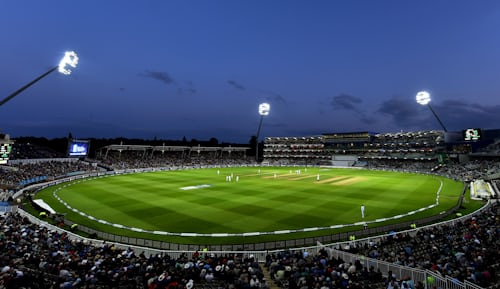📚 EduSlides

You Must Know these Terms in Pharmacy
👁️ 1,437 Views

10 Facts About Mahakaleshwar Temple Ujjain
👁️ 4,413 Views

These are the Top 10 Richest Person’s in India
👁️ 1,626 Views

Top 10 Stadiums in India
👁️ 1,167 Views

Important Terms Related to Computer
👁️ 1,202 Views

20 Important Questions for Pharmacy Exams
👁️ 6,546 Views

Top 10 National Parks in India
👁️ 1,015 Views

Top 10 Largest Volcanoes in the World
👁️ 1,191 Views
top 10 World Heritage sites in India
👁️ 1,044 Views
Top 10 Biggest Dams in the World
👁️ 1,134 Views
